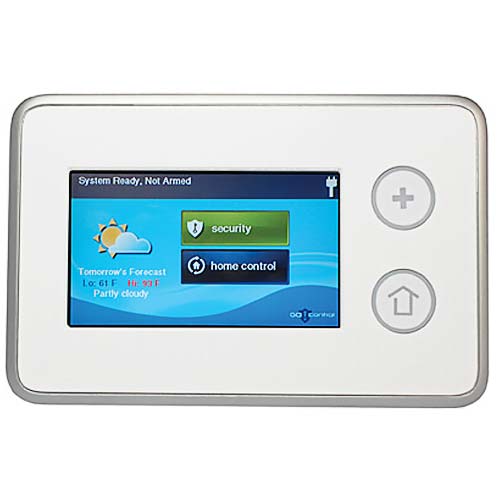In today’s world, safeguarding your home and loved ones is a top priority. An alarm system acts as a vigilant sentinel, deterring potential intruders and providing peace of mind. But with a multitude of options available, choosing the ideal system can feel overwhelming. Fear not, intrepid homeowner! This comprehensive guide will delve into the intricacies of alarm systems, empowering you to make an informed decision.
Wired vs. Wireless: The Great Divide
The fundamental choice lies in the system’s connectivity: wired or wireless. Wired systems, the time-tested guardians, boast unmatched reliability. They directly connect sensors to a central panel using wires, eliminating concerns about battery life or signal interference. Installation, however, can be intrusive, requiring drilling and potentially disrupting your home’s aesthetics. Additionally, expanding a wired system later might prove challenging.
Wireless systems, the modern marvels of convenience, offer a hassle-free setup. Sensors communicate with the control panel via radio waves, allowing for a clean and flexible installation. Expanding the system is a breeze, perfect for adaptable homeowners. However, batteries require regular maintenance, and wireless signals can be susceptible to interference from thick walls or certain electronics.
The Symphony of Security: Sensors and Functionality
The heart of any alarm system lies in its sensors, the watchful sentinels that detect intrusions. Common sensor types include:
- Door and Window Sensors: These trip upon detecting an unauthorized opening.
- Motion Sensors: They utilize passive infrared technology to recognize movement within a designated area.
- Glass Break Sensors: These sophisticated devices pick up on the distinctive sound of shattering glass.
- Smoke and Carbon Monoxide Detectors: These life-saving sensors provide an extra layer of protection against fire and gas hazards.
Modern systems offer a range of functionalities beyond the blaring siren. Many connect to your smartphone, allowing remote monitoring and control. Smart features like automated light switches upon activation can create the illusion of a home being occupied, deterring potential intruders. Integration with smart home devices like cameras and thermostats can further enhance your security and convenience.
Professional Monitoring vs. DIY: Deciding Your Watchtower
When it comes to monitoring, you have a choice: self-monitoring or professional monitoring. Self-monitoring places the responsibility on you to be alerted and take action, which may not be ideal if you’re away from home frequently. Professional monitoring services offer 24/7 vigilance. Upon receiving an alarm signal, they will contact you and dispatch emergency responders if necessary. This can provide invaluable peace of mind and a faster response time in critical situations.
The Cost Conundrum: Striking a Balance
Security systems come with varying price tags. Wired systems generally have a lower upfront cost but might require professional installation fees. Wireless systems, while convenient, often have higher initial costs due to the equipment. Monitoring services add another layer of expense, with professional monitoring typically costing more than self-monitoring. The ideal choice hinges on your budget priorities and security needs.
DIY Installation: A Matter of Expertise
While wireless systems often advertise DIY installation, carefully consider your technical expertise. Improper installation can render the system ineffective, potentially creating a false sense of security. If you’re not comfortable with electrical wiring or technical configurations, professional installation might be a wise investment.
Peace of Mind with the Perfect Fit
Choosing the ideal alarm system requires careful consideration of your lifestyle, security needs, and budget. Whether you prioritize complete control with a DIY system or prefer the 24/7 vigilance of professional monitoring, there’s a perfect sentinel waiting to safeguard your home.
Remember:
- Research: Read reviews, compare features, and obtain quotes from different providers before making a decision.
- Consider your needs: Evaluate your home’s size, vulnerability points, and desired level of control.
- Factor in the future: Choose a system that can be easily expanded if your needs evolve.
- Don’t be afraid to ask questions: A reputable provider will be happy to address your concerns and guide you towards the best solution.
By following these steps, you can transform your home into a secure haven, granting you and your loved ones the peace of mind you deserve.






